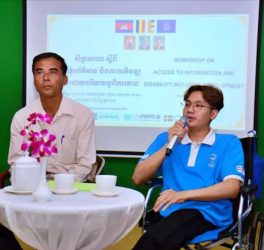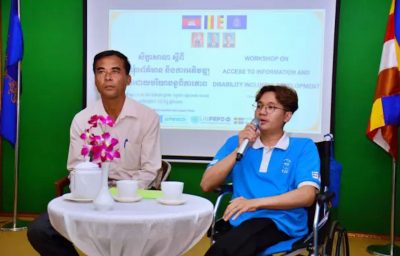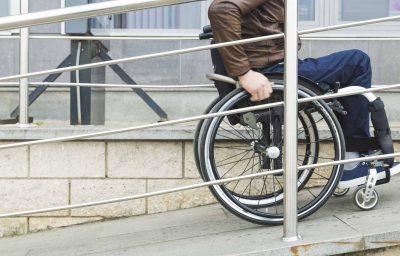
The Supreme Court of India has said that incoherent judgments seriously impact the dignity of judicial institutions and suggested guidelines based on a formula to be followed by the constitutional courts while writing verdicts.
The top Court said that to ensure accessibility of verdicts, especially for persons with disabilities, all judicial institutions must endeavour that the published judgments and orders do not carry improperly placed watermarks as they end up making the documents inaccessible for people with vision disabilities.
A bench of Justices DY Chandrachud and AS Bopanna, which set aside an order of Himachal Pradesh High Court that it was incomprehensible, said that “the purpose of judicial writing is not to confuse or confound the reader behind the veneer of complex language”.
The bench passed the verdict on August 16 on an appeal filed by the State Bank of India and others in a matter arising from the disciplinary action against an employee.
“Although it is unfortunate that we have to set aside the impugned judgment and direct its remand due to its incoherence, we have taken the opportunity to lay out the discussion on judgment writing. Incoherent judgments have a serious impact upon the dignity of our institutions”.
The Court added that though it has laid down some broad guidelines, individual judges can indeed have different ways of writing judgments and continue to have variations in their styles of expression.
“The expression of a judge is an unfolding of the recesses of the mind. However, while the recesses of the mind may be inscrutable, the reasoning in judgment cannot be. While judges may have their style of judgment writing, they must ensure transparency in writing across these styles, ” said in the verdict uploaded on the apex court’s website.








